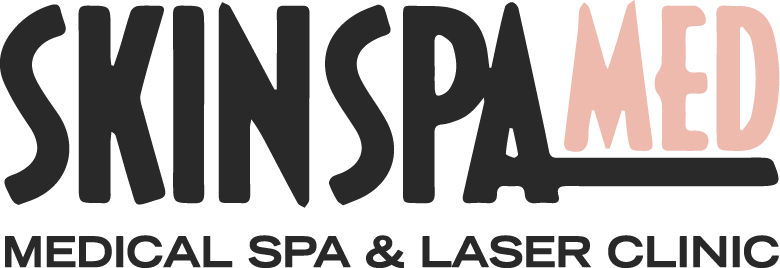For radiant, hydrated skin, ask for Restylane Skinboosters
/Reprinted from Galderma (https://www.restylane.com/en/REFRESH)
When we feel good about our skin, we feel good about ourselves. But over time, our skin can lose its natural radiance.1 Now it is possible to boost your skin from within. Restylane Skinboosters infuses a thin layer of micro-droplets of hyaluronic acid beneath the skin surface, where it draws water and provides long-term deep hydration. You will get a lasting refreshed and radiant look.
Why Restylane Skinboosters?
Hyaluronic acid is a natural component of your skin that keeps it hydrated and soft. With age, or due to a harsh environment, the hyaluronic acid content in your skin may decrease, and your skin may lose some of its elasticity and hydration.
Restylane Skinboosters restores the natural composition of your skin. It boosts skin elasticity2 and you will notice a reduction of skin roughness.3 Your skin becomes smooth and hydrated for a refreshed and healthy look.
Treatment areas
Restylane Skinboosters brings hydration and softness to areas that feel dry, have lost elasticity, or where fine lines and wrinkles have started to appear. Restylane Skinboosters can be used on the skin of your face, neck, décolletage and hands. Clinical studies prove the lasting impact of Restylane Skinboosters. Physicians reported Restylane Skinboosters gave their patients smoother, more radiant-looking skin.4
How it works
Hyaluronic acid is a naturally occurring substance that has a unique ability to bind water. It keeps your body tissues soft, hydrated and flexible.
Natural hyaluronic acid in the body quickly forms and degrades (in 24 to 48 hours). To make the hyaluronic acid in Restylane Skinboosters last longer, for several months or even a year5, degradation is delayed by cross-linking the hyaluronic acid molecules.6 This way, Restylane Skinboosters will form small “reservoirs” of moisture beneath the skin’s surface, giving you long-lasting hydration and radiance.
References
Koblenzer CS. Clin Dermatol 1996;14(2):171–7.; Matsubara et al. Skin Res Technol 2012;18(1):29–35.; Finn CJ et al. Dermatol Surg 2003;29(5):450–455.
Gubanova EI et al. J Drugs Dermatol 2015;14(3):288–98.
Kerscher M et al. Dermatol Surg 2008;34(5):720–6.
Lee BMet al. Arch Plast Surg2015;42(3):282–287
Gubanova EI et al. J Drugs Dermatol 2015;14(3):288–98.
Williams S et al. J Cosmet Dermatol 2009;8(3):216–25.



